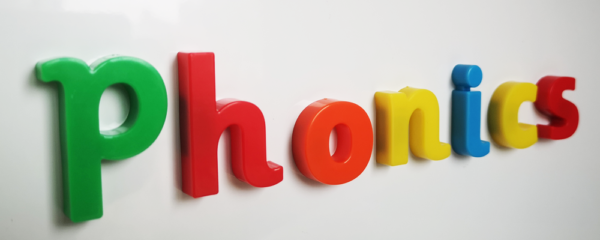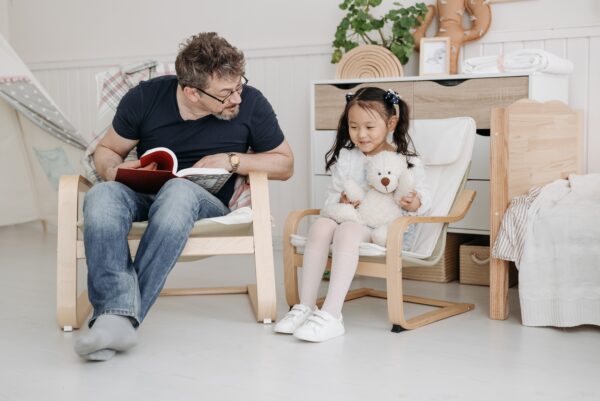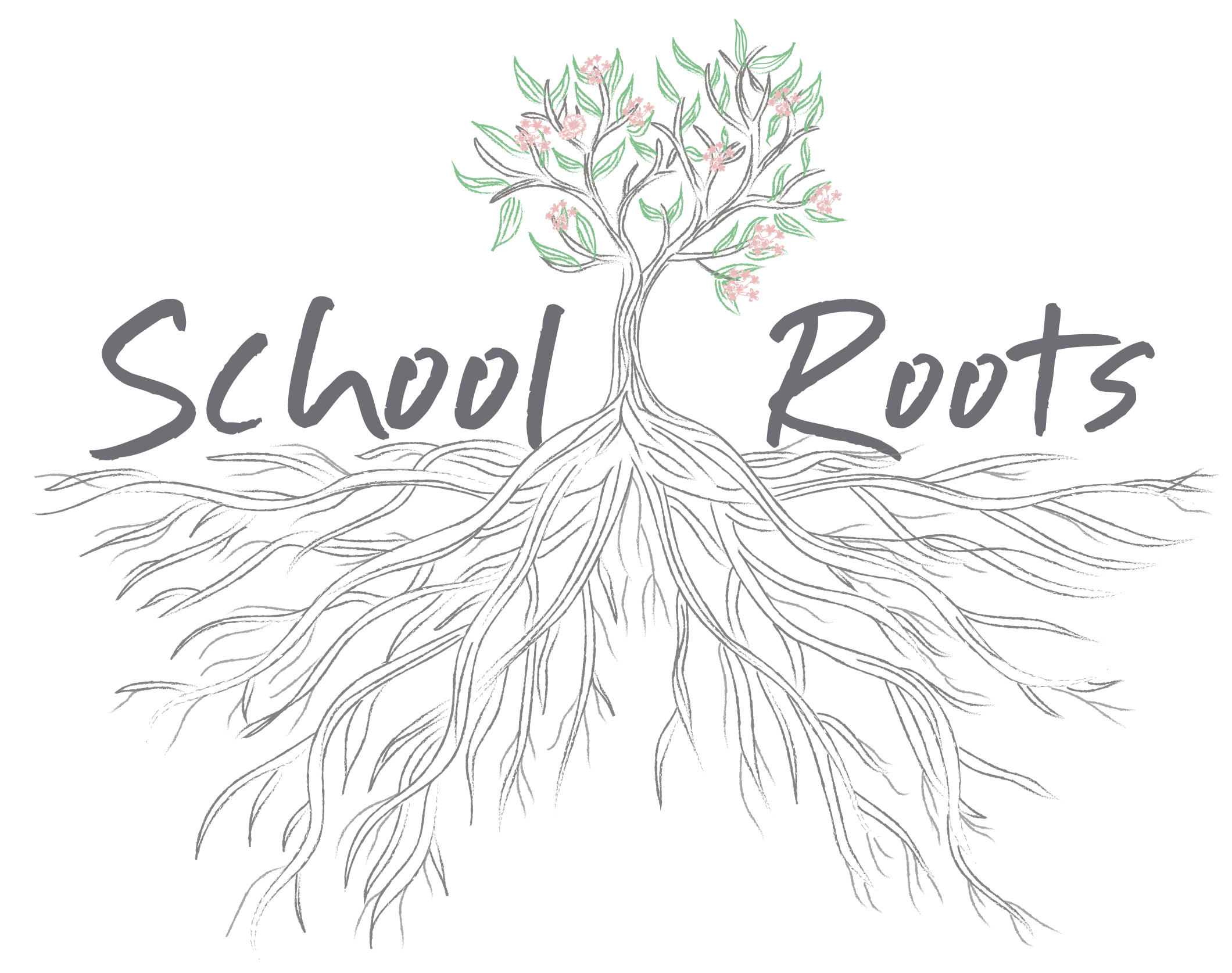
One of the most common questions I get from parents is ‘What on earth is Phonics’ closely followed by ‘How can I support this at home?’ and followed again by ‘This wasn’t how you learned to read in my day’ and it’s true, this wasn’t how you or I learned to read at all! Even as an early years teacher it took a while to get my head around phonics! But with a bit of time I began to understand its power to get children reading quickly and confidently. Now I absolutely love teaching it! Hopefully this short explanation will give you the basics.

Phonics is essentially breaking words down into their component sounds and blending them back together in order to read. We teach phonics in 5 different ‘phases’, each building on skills and knowledge from the last. Unlike learning the traditional alphabet, we begin children’s introduction to phonics with the sounds ‘s a t p i n’ commonly referred to as ‘sat pin’. We do this because these six sounds can be blended together to make a whole host of 3 letter CVC (consonant, vowel, consonant) words such as sat, pin, pit, sap, pat, tin and the list goes on! This means that the children do not need to recognise all of the sounds to begin to read full words and sentences.

What often trips up parents about phonics is the pronunciation of the sounds. For example in our day, lots of the sounds were pronounced with an ‘uh’ at the end. The sound ‘s’ was often pronounced as ‘suh’ whereas now we teach the sound as ‘sssss’. This errant ‘uh’ at the end of sounds can really trip children up when they begin to blend sounds together and the main thing that I spend my time ‘unteaching’ to children in the first term. So if I was reading the word sat but I had learned to use the ‘uh’ sound in my reading, I would read the word as suh-a-tuh: suhatuh. This is the case for lots of children that I teach.

The second thing parents can be confused with is jargon. Phonics is guilty of coming with a whole load of daunting jargon and when your children come home saying they have learned a new ‘diagraph’ or ‘grapheme’ it can be tempting to think that this is all much harder than it actually is. Basically, a phoneme is the fancy name for a speech sound. A grapheme is how we write the speech sound, for example, ‘ay’ ‘ai’ ‘a_e’ are all graphemes for the same sound. A sound with 2 letters is called a diagraph, a sound with 3 letters (eg. igh) is called a trigraph. We blend sounds together to read words and we segment words into their component sounds to write them down.

